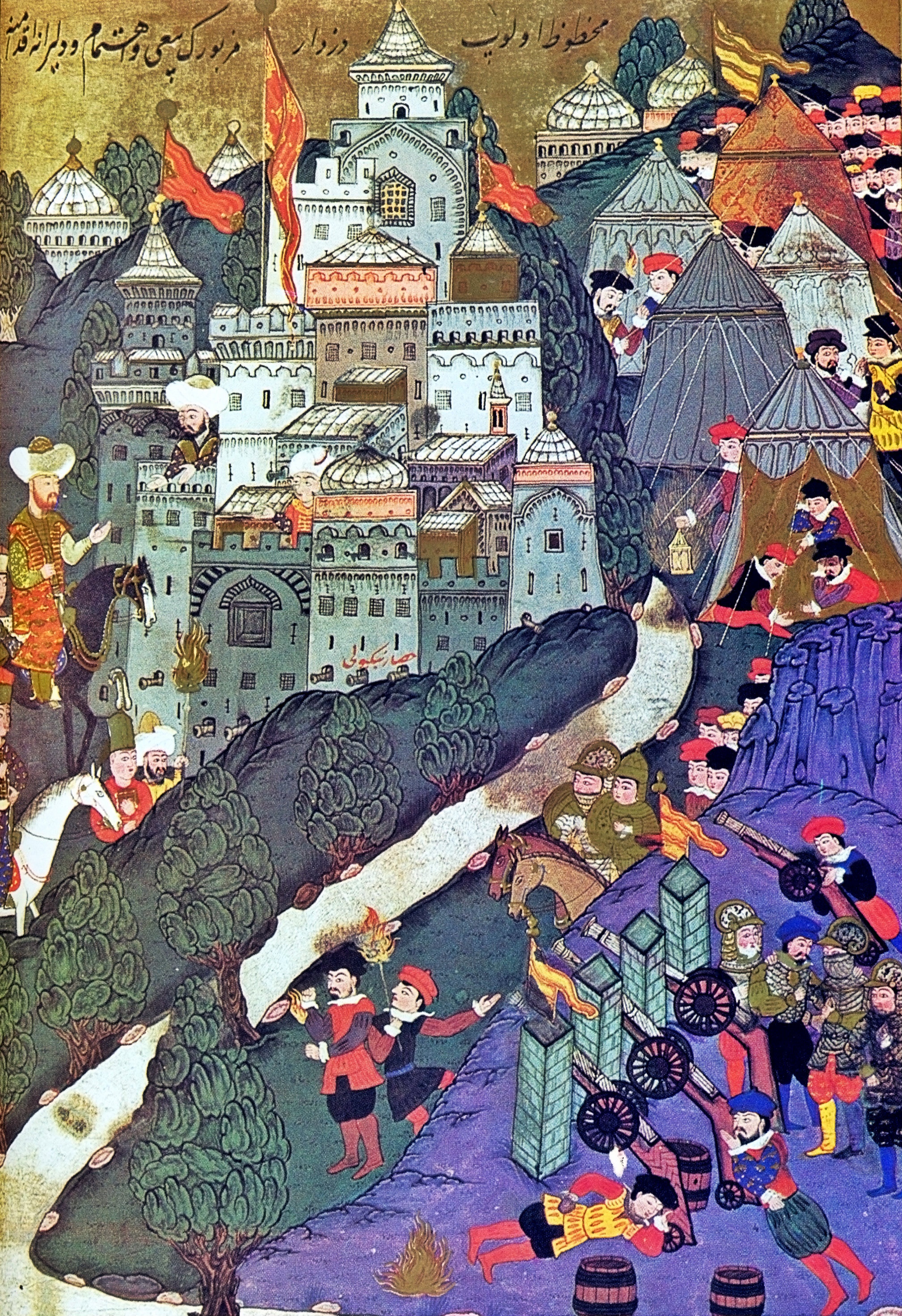 |
| It's a real book. Barely any pictures, I promise. |
Diamond's book is based off a question a man in New Guinea posed to him way back when. He asked why European countries were the ones to colonize the rest of the world while native New Guineans (spelling?) were left so far in the dust, technologically speaking. The answer comes down to a number of factors that lead to what is essentially geographical luck. Europe holds basically all the positives that are possible, while everywhere else is pretty much boned for one reason or another. The following is why Europe was good for building these cultures. If you want full details on why these are true through the evidence provided, read the darn book - otherwise, take my word for it.
The first reason is Europe traditionally goes east/west geographically rather than north/youth. Look at the Americas (for my friends from the U.S.A., I mean North, Central and South America, not your specific country). The land is not particularly wide. Yes, Canada may be that way, but Canada wasn't a thing back then. The continents are what's important here. North/south alignments means the trade goes across differing climates; think about it this way - Mexico is going to have a vastly different average temperature than Canada. That means they'll have difficulties trading crops and technologies as they'll be suited for completely different needs. What may grow even in the U.S. may not grow in Canada, even though the distance is relatively short. This leads to isolated groups that don't trade as frequently or as effectively. Europe on the other hand is very short and wide, meaning they can easily trade crops and technologies that link together quite well as their climate is at least relatively similar on the mainland.
Another reason is one I've passed by on occasion throughout this blog thus far. The major crops are almost all Eurocentric, but that's not because they were the ones to decide that they're to be used, but rather because they're the most effective for mass farming. The vast majority of these crops that are prime for farming were originally European crops that have been brought to other countries and domesticated. The way farming begins, and therefore hunkering down and building societies rather than nomadic tribes, is through having crops that will provide enough food to survive with less effort than the hunter/gatherer style. These crops were good enough to provide that level of food with perhaps some supplementary meat to begin to settle down. Once that begins, cultures can begin to grow to great sizes, and when the sizes are large all of a sudden you don't need everyone working on food as that job can be taken by only a percentage of the population. The rest can begin to specialize into rulers, metalworkers, labourers, or very importantly, soldiers. That's when things begin to start sounding like modern day.
 |
| Diamond, pictured here looking perplexed. |
Well, there's another reason for that being important, actually... if you domesticate animals you'll be forced to live amongst their crap. Somehow - somehow - this worked out to be a plus. Living among the animals means you're going to pick up a whole pant-load of diseases over the course of the centuries living with them. Eventually, immunities are built up and it's suddenly very reasonable to live with all these animals that previously killed you just by forgetting to wash yourself. However, when the Europeans brought these over to, say, North America, the Natives did not have this same immunity. Numbers as high as 95% in certain areas were wiped out due to disease. The Natives, not having domesticated any animals of their own, did not have their brand of disease to throw back. The Natives may have traded furs, but the germ trade was completely one sided. Fun fact; when domestication first started happening in Europe, people had to be imported to the cities from the rural areas because the death total was so freaking high.
Now these are the major reasons the book listed, and I'll readily admit that I probably forgot a few here and there. After reading that book, I can honestly say I'm convinced this is truth to the point that I can't picture much else being reasonable. So there you have it. That's why the world is like it is today, and I'm sitting here in Canada as a white dude typing on my MacBook about it instead of living on some coast in France. Makes you think.
Famous Historical Figures Say the Darndest Things!
- "History followed different courses for different peoples because of differences among peoples' environments, not because of biological differences among peoples themselves." This is the main idea of the book. The first three chapters should have been titled "seriously guys, I'm not a racist."
- "With the rise of chiefdoms around 7,500 years ago, people had to learn, for the first time in history, how to encounter strangers regularly without attempting to kill them." Yeah... that may have not gone so well though. It worked here and there.
- “Not until the beginning of the 20th century did Europe's urban populations finally become self-sustaining: before then, constant immigration of healthy peasants from the countryside was necessary to make up for the constant deaths of city dwellers from crowd diseases.” Just in case you were wondering why the Europeans themselves survived all the diseases from the animals in the first place - they didn't.
.jpg)








